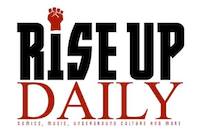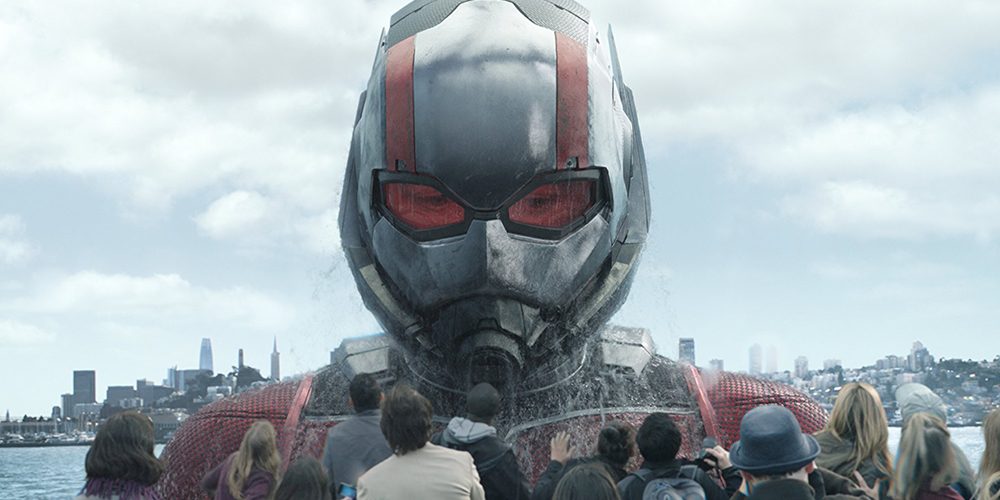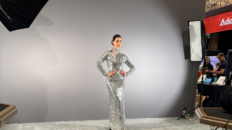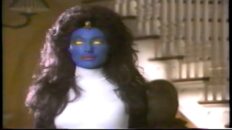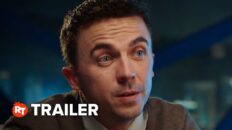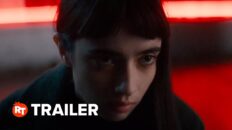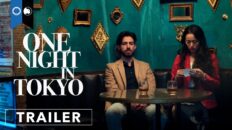“If there’s one thing I’ve learned over the eons, it’s that you can’t give up on your family, no matter how tempting they make it.” ― Rick Riordan, The Sea of Monsters
The Marvel Cinematic Universe (MCU) is full of themes about family. The most prevalent being fatherhood–especially fathers and sons. You can look at Peter Quill’s relationships with his adopted father Yondu and his biological father Ego. Or Tony Stark’s troubled relationship with his father, a dynamic which underlies his rivalry with Steve Rogers, who Tony felt his father favored. Or Odin’s relationship with brothers Thor and Loki. Or T’Chaka’s failure to one son coming back to haunt his other son T’Challa. The relationship between fathers and daughters has been less prominent. However, both the last two MCU films have branched out to explore this theme. Avengers: Infinity War gave us a look at toxic masculinity directed toward daughters, as Thanos physically and emotionally tortured both Gamora and Nebula. Ant-Man and the Wasp graciously opens with a scene that couldn’t be further from the type of fatherhood Thanos embodies.Scott Lang, aka Ant-Man (Paul Rudd), is spending his days under house arrest after the events in Captain America: Civil War. But that doesn’t stop him from executing a heist―with his daughter Cassie (Abby Ryder Fortson) in an elaborate cardboard box fort. Opening the film with such a relatable, low-key family moment between a father and his daughter somehow manages to ground the whole MCU in a way almost twenty other films haven’t been able to manage. This world―this universe―may be the onscreen playground of a generation who grew up reading Marvel comics, but that generation has children of their own now. And this new generation needs their parents not just to be super, but to remember what is important in life.
Scott is sprung from house arrest by Hank Pym (Michael Douglas) and his daughter Hope Van Dyne, aka The Wasp (Evangeline Lilly), who need his help rescuing Pym’s wife and Dyne’s mother, Janet Van Dyne (Michelle Pfeiffer), from the quantum realm―the subatomic universe within atoms themselves. Hank’s relationship with Hope is the second father-daughter example in the film, a mirror of Scott and Cassie’s thirty years on. But before they can get the final component they need for their device to open a portal to the quantum realm from weapons dealer Sonny Burch (Walton Goggins), a mysterious character steals the piece of technology.
This new foe, called Ghost, can phase shift, allowing her to pass through solid objects. That ability, contrasted against Scott and Hope’s size altering, creates for some enjoyable fight sequences, even if Peyton Reed’s direction isn’t the most creative or easy to follow when the script calls for action scenes. Hannah John-Kamen (Syfy’s Killjoys) portrays the Ghost, Ava Starr, who was given this power that is slowly killing her by, in typical Marvel fashion, a lab accident when she was a child. She was trained and used by S.H.I.E.L.D. for years as a covert operative. But when S.H.I.E.L.D. fell apart after the Hydra infiltration in Captain America: The Winter Soldier, she began looking for a way to cure herself. That cure involves harnessing the quantum energy Janet Van Dyne has absorbed from her time in the quantum realm. She’s less a villain than a victim of circumstance, fighting to find a way to end her pain and save her life.
If Sam Rockwell’s Justin Hammer from Iron Man 2 came across as a poor imitation of Tony Stark, Goggin’s Sonny Burch is a low-rent knockoff of that imitation. He has some henchmen, and contacts in the FBI, and access to some weapons and technology. But he’s not too bright and less than intimidating. Still, he’s irritated at having been one upped by Scott and Hope as well as the Ghost. So he joins in the pursuit to recover the tech he most certainly doesn’t have the first clue of what to do with.
Rounding out the cast is Laurence Fishburne as Bill Foster, a former colleague of Hank’s and mentor to Ava―the third example of a healthy father-daughter relationship in the film, in this case adoptive―and Michael Peña, who again steals every scene he’s in with his hyperactive energy, as Scott’s business partner.
Michelle Pfeiffer is a welcome addition as Janet, the original Wasp. She brings a vibrant stateliness to her character that perfectly counter balances Douglas’ gruff and sometimes questionable demeanor. And her interactions with Lilly’s Hope, although brief, introduce an entirely new family dynamic to the MCU–that between a mother and daughter.
It’s also fun to see, again briefly, Janet and Hank in action as the original Ant-Man and the Wasp. And while Scott and Hope share the bulk of the screen time, bonding both as romantic and action hero partners, the film smartly splits the climactic finale between them and Hank’s search for his long-lost wife in the quantum realm.
If the rest of the MCU films wrestle with the brokenness of families, the two Ant-Man films thankfully show some of the reasons fighting to keep them or for their restoration is important, and the joy having a healthy family can bring. Scott’s relationship with his daughter is particularly striking, as he learns and receives inspiration from her as much as she needs him to be a good dad. And Hank’s commitment to find his wife, even after more than 30 years of her being lost, is both a testament to an enduring love across time and space and an example of the type of consistency that we don’t appreciate when we just look at living day-to-day.
Ant-Man and the Wasp manages to be the closest thing in the MCU to what a well-executed adaptation of The Fantastic Four could be. It’s not just a palette cleansing small-scale adventure in contrast to the universe threatening action of the other films in the ever-expanding series. It provides a real, flesh-and-bone reason why all the rest of the universe saving is worthwhile.

